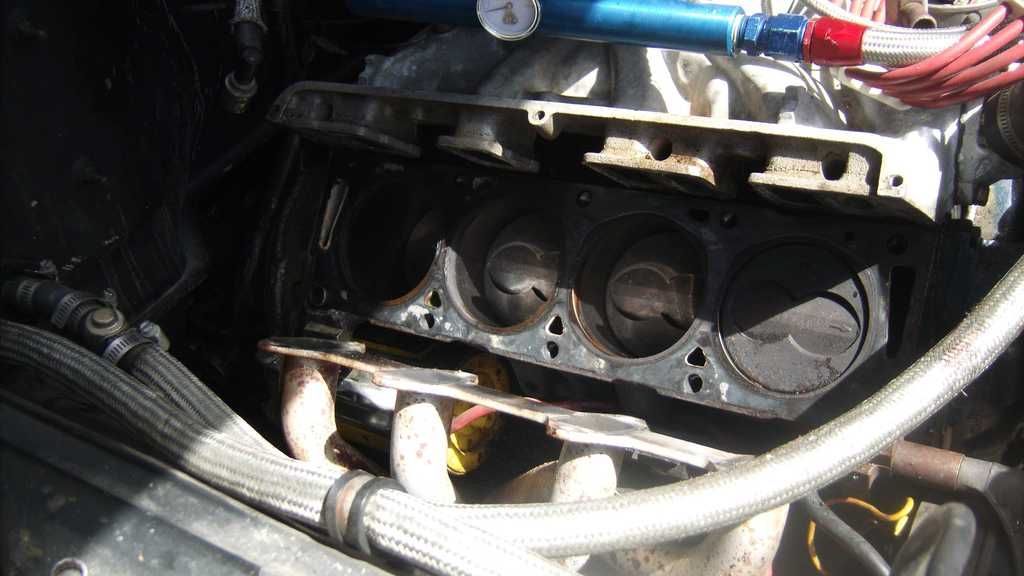I had this exact problem and thanks to this forum and the Evaporust solution, my engine is running perfectly. I am so thankful for this forum
1969 F250 which had been siting for a number of years. I had it rewired, then I switched it to a Holley Sniper fuel injection. I flushed radiator, changed oil, pumped out fuel, changed filters etc. and after some messing around I got it running.
But after two minutes, the popping sounds started. I could not get rid of it. More radiator flushing (3 times!) and no change.
AND, the pops stayed after the engine was switched off. Video available here of the actual sounds.
https://youtu.be/P473qVQqdPo
I followed the suggestions on this forum to use Evaporust to flush out the water jackets as I had nothing to lose and a rebuild was going to be very expensive. I dumped the radiator contents, removed the thermostat, filled the entire system with evaporust. I found some evaporust that was designed for cooling systems so I had a mix of 50% of that blend and 50% regular evaporust. Over $150 in evaporust. The thermostat was covered in a bit of rusty looking goo so I used that as a control and filled a glass jar with evaporust and dropped the thermostat in so I could observe what the evaporust would do.
I started the engine twice a day and ran for two minutes to keep the evaporust moving around to different positions in the engine. I kept checking the thermostat -- the rusty build up on the thermostat just was just melting away slowly. I was amazed. And having no thermostat in the engine meant I was getting it all nicely circulated within the couple of minutes of start up.
Did this for 4 days. The popping sounds totally disappeared. The crud on thermostat had melted away. I took it for a small drive. It didn't even get it hot - 165 degrees. Did another small drive. Everything sounds amazing.
Dumped all the evaporust out -- it was black and dark and thick on the way out (gold color on the way in) but amazingly, it is all fluid - no chunks. The evaporust just liquifies it all.
After a full flush of the system, I replaced thermostat, reloaded with coolant, have been running strong for two months now. Highway driving, it runs like a dream. So grateful to this forum.






